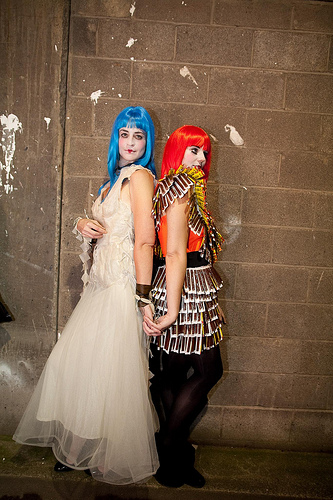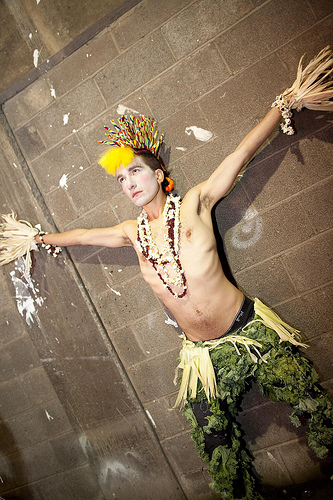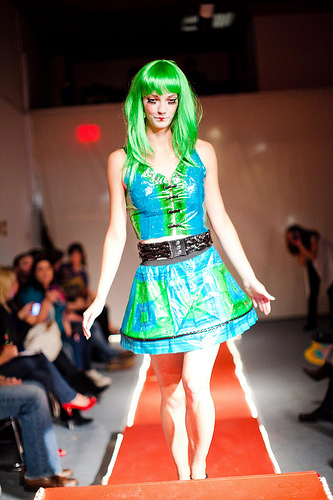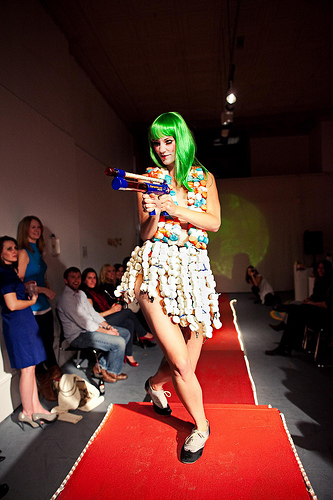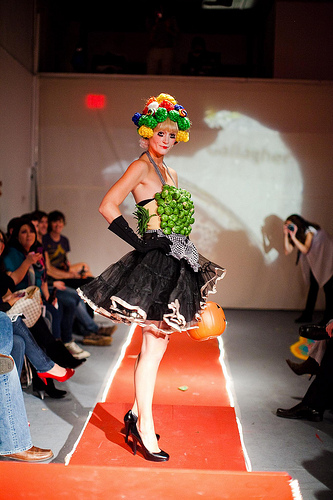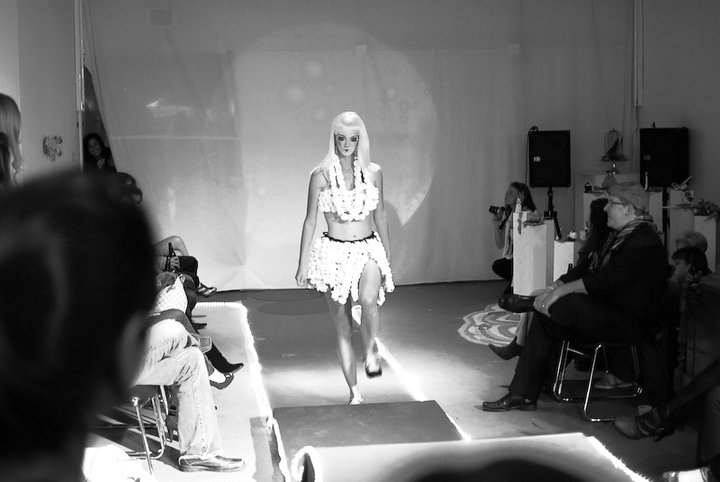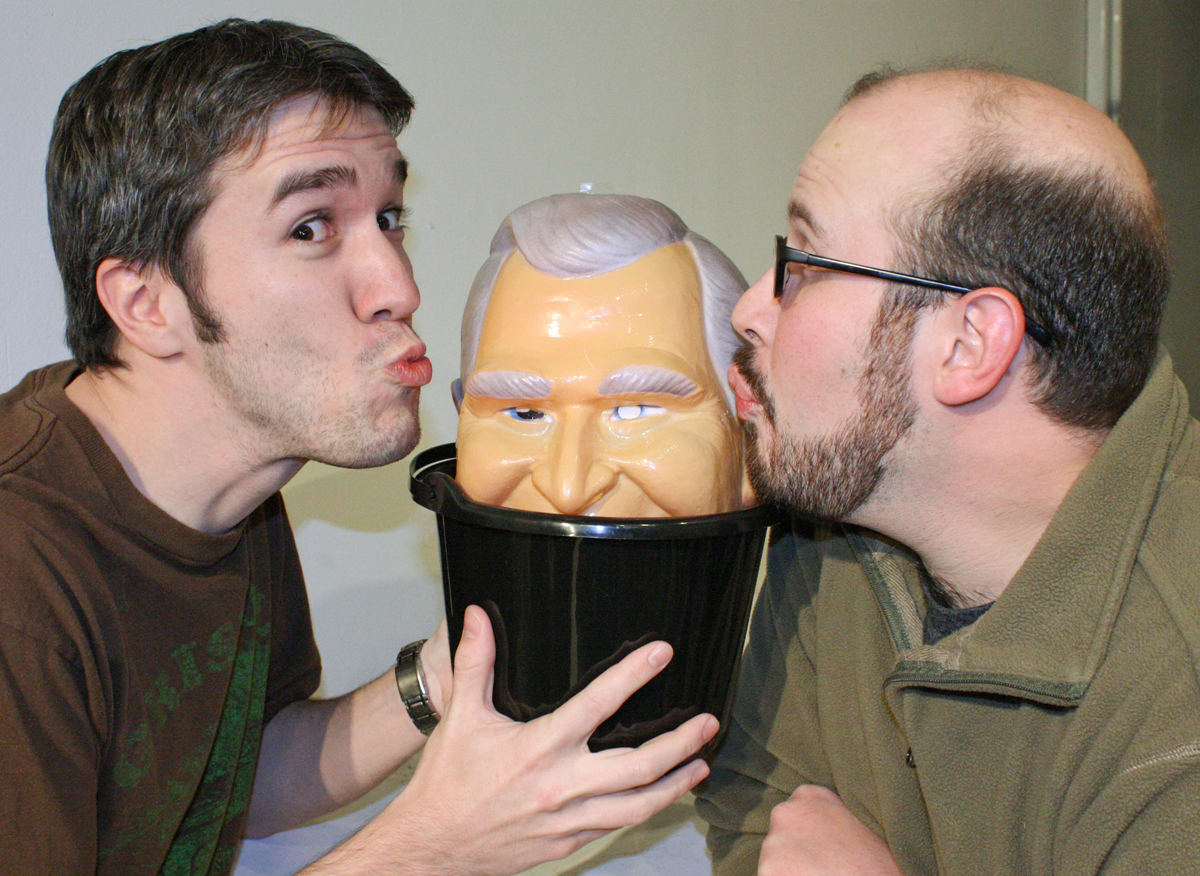July 25, 2011 6:01 AM
By Susan Constanse
You’ve probably already been to Heinz Hall to hear the symphony, or caught a show at the Benedum Center, but there are several other venues throughout the Cultural District that add vibrancy to the area, and many showcase must-see visual art. Here, we spotlight the best art events and exhibits of the season, so you can get your culture fix this summer.
Drawn In A Day
Through September 4
SPACE Gallery
812 Liberty Avenue
Pittsburgh, PA
(412) 325-7723
Hours: Wed -Thur 11 a.m. – 6 p.m.; Fri – Sat 11 a.m. -8 p.m.; Sun 11 a.m. – 5 p.m.
Free
Business Directory Listing
Website: www.spacepittsburgh.org
The best contender for hottest show of the summer in the Cultural District is Drawn in a Day. Robert Raczka asked a dozen artists to produce drawings directly on the walls of SPACE Gallery, during a one-day drawing marathon. SPACE Gallery is a huge, well, space, with gargantuan walls. The effort that these artists expended is herculean. The artists worked on the walls during the entire day and well into the opening reception on July 15. With few exceptions, the artists are from Pittsburgh, and have been producing work in the region for many years. The dozen or so artists exhibiting in Drawn in a Day include David Pohl, Eric Stern and Cara Erskine.
Selected Works from Charles “Teenie” Harris
Rhapsody in Black and White & Looking Forward: Images of Children
The August Wilson Center for African American Culture
980 Liberty Avenue
Pittsburgh, PA
(412) 258-2700
Hours: Tue – Sat 11 a.m. – 6 p.m.
Business Directory Listing
Website: www.augustwilsoncenter.org/
If you have an interest in local history, then The August Wilson Center for African American Culture is a must for any tour of the Cultural District. Along with its rotating exhibits, the August Wilson Center has an ongoing exhibit of photographs by Pittsburgh icon, Teenie Harris. A prolific photographer, Mr. Harris captured the everyday lives of African Americans in almost every neighborhood in Pittsburgh. His career spanned the decades from 1930-1970 and he was one of the principal photographers for the Pittsburgh Courier.
Shaw Galleries
805 Liberty Avenue
Pittsburgh, PA
(412) 281-4884
Hours: Tue – Sat 11 a.m. – 3 p.m.
Free
Business Directory Listing
Website: www.shawgalleries.com
If the August Wilson Center hasn’t satisfied your thirst for the historical, stop in and say hello to Kurt Shaw at Shaw Galleries. You never know what you are going to find in the bins and flatfiles of rare prints and maps, dating from the 18th century to the present day. Carefully archived, the collections span prints from such master artists as Miro, Degas and Renoir, sharing room with historical maps of Pittsburgh neighborhoods.
Brian Sesack – Looking for Clues: Selected images 2003 – 2010
Through September
Greater Pittsburgh Arts Council
810 Penn Avenue, Suite 200
Pittsburgh, PA
(412) 391-2060
Hours: Mon – Fri 9 a.m. – 5 p.m.
Free
Website: www.pittsburghartscouncil.org
There are always a few surprises along the way in the Cultural District, with artists displaying work in unusual places. Such is the case with Brian Sesack’s photographs, on display in the offices of the Greater Pittsburgh Arts Council as part of their Art on the Walls program. Mr. Sesack presents work from several series in this retrospective, chronicling his efforts to hone his voice. The exhibit is extensive, displayed throughout the offices and in meeting rooms and the staff is always available to let you in so that you can tour the works. While you’re there, you can pick up a map of public art located in the downtown area.
Installations by Ty Marshal (through Sept. 4), Michael Benedetti (through Aug. 6), and Kyle Hossli (Aug. 7 – Sept. 1)
Future Tenant
Free
819 Penn Avenue
Pittsburgh PA
Hours: Wed – Sun 12 p.m. – 4 p.m.
Website: http://futuretenant.org
Almost directly across Penn Avenue from the Greater Pittsburgh Arts Council is Future Tenant. The storefront space is a joint project of the Pittsburgh Cultural Trust, CMU’s College of Fine Arts, and the Master of Arts Management program at CMU. During the summer months, Future Tenant will have rotating window installations by local Pittsburgh artist Michael Benedetti and Kyle Hossli and will have a bathroom installation by Ty Marshall. You can walk past the window installations any time, but the bathroom installation is, of course, only open for viewing during regular gallery hours.
You can definitely play the cultural tourist in downtown with all of these great exhibits. Every quarter, the Pittsburgh Cultural Trust coordinates a Gallery Crawl with all of the downtown galleries and venues. Along with the visual fare, many of the galleries host DJ’s and other performers. The upcoming Gallery Crawl is scheduled for September 30 and a full schedule of the event will be available on the Cultural Trust website.
Susan Constanse is a painter, living and working in Pittsburgh. Examples of her work can be viewed on her website.
URL: http://pittsburgh.cbslocal.com/top-lists/hot-art-in-the-cultural-district-2/
Date: 07/25/2011
Author: Susan Constanse
Publication: CBS Pittsburgh

